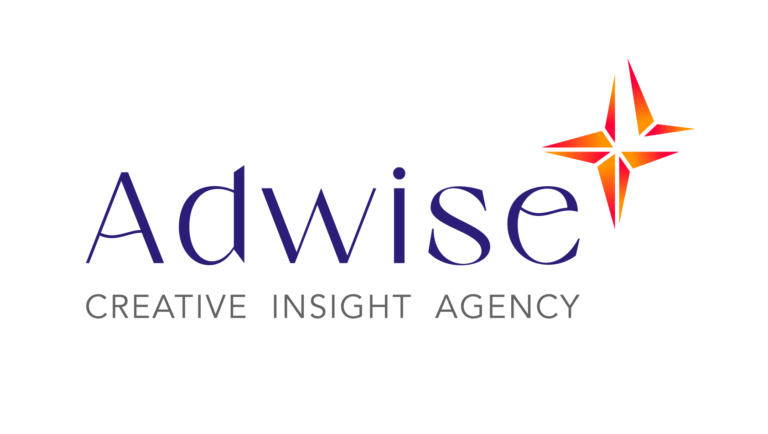
Knowing your target is a fundamental basis of marketing, an essential step in prospect-customer targeting to develop your offer and customer positioning. However, the customer environment is increasingly complex. This is why creating or rethinking a buyer persona is essential to refocus your communication and product innovation strategy around a shared vision of buyers.
Charlotte Courel, Head of Qualitative Research at Adwise, explains the opportunities to use the persona.
Personas are one of your favorite tools. In what context do you use them?
I am a social psychologist by training and I am very passionate about human behavior. I like to transform consumers' words into insights, and propose concrete solutions adapted to the target. Qualitative studies are often used to better understand targets. But to do this, you need to be able to go deep into their logic. Persona studies allow us to understand the logic of different groups of consumers in depth, by managing to map them on structural axes.
At Adwise, we are particularly fond of creating personas in our research reports because they allow us to immerse our clients in the logic of their customers, and thus provide solid, substantiated information on the development avenues to be prioritized during an innovation phase, or upstream of a brand platform. Finally, another example, personas are very interesting in the context of customer journeys, as they allow us to adapt the response to each contact point.
What is the added value of personas for brands in qualitative research?
A persona is a multi-dimensional description of a typical target. It reveals the logic, and therefore the attitudes, behaviors, needs, motivations and expectations of an archetypal customer. There are sometimes too summary descriptions of targets "our target is families" which do not allow us to develop "remarkable" products or campaigns. Our personas allow us to choose the target that is most in line with the brand's DNA on an attitudinal level. Because to be noticed, you have to choose, decide and simplify based on a strong insight specific to each persona. For example, during a study on retirement savings, we identified a particularly constrained and anxious persona, composed of women who had had an erratic career path. By describing their irritants in depth, our client was able to develop not only an offer dedicated to them, based on their own characteristics, but also a discourse and a communication that touched them. A good persona makes a good campaign. For example, the campaign of the Banque Postale [16 years old] is based on clear personas. Another example, during a preparatory study for brand equity work in the field of home hygiene products, we identified a persona around the aspiration to excellence in cleanliness, in short, the profile of maniacs. Based on this definition, our client was able to build its own strategic target, i.e. a fictitious profile representative of the target it wished to conquer and which made it possible to reinforce the singularity of the brand's positioning. This positioning was transcribed by the agency into a campaign.

In practice, how do you go about obtaining a Persona?
We use declarative and passive data. Among the passive data, we have observations at home, but also the use of projective cards that allow us to have access to a more unconscious register or the analysis of the participants' production. From then on, we can make a semiotic analysis of the images collected or even of the photos taken by the participant.
Then we analyze the individuals so that they are both very homogeneous within the group constituting a persona and, at the same time, different from other groups, from other logics. For example, in the world of humidity, we had two meta-groups of logics, those waiting for treatment and those waiting for well-being; it is from this that we develop strategic planning boards, which will express the territory of each group, the associated brands and products, which will allow us to develop what we call a "Story".
So, thanks to the persona, we can not only go even further in our analysis, but also transform observed insights into operational responses, whether they be in terms of positioning or product and service offerings. At Adwise, we develop personas.
To strengthen your brand equity or create new impactful offers. They are a key element of our expert quali.




